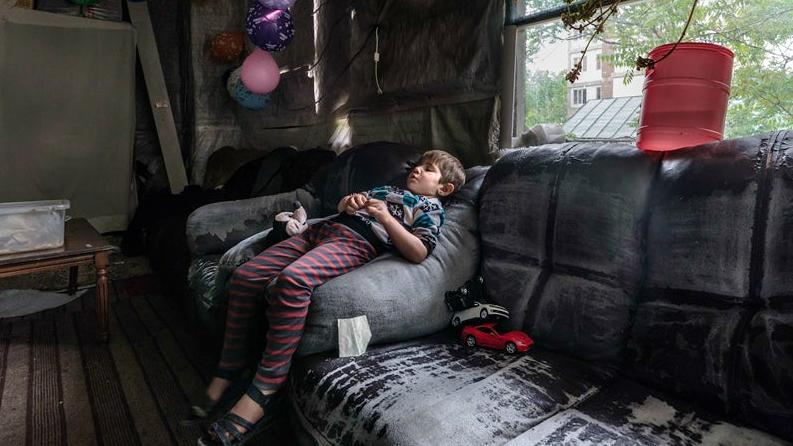1 million Afghan children face an uncertain future in Iran
The daughter of Aziza*, a 38-year-old Afghan mother of six. They live as undocumented refugees in Iran.
Iranian and Afghan families in the Iranian city of Mashad were celebrating their shared New Year holiday of Nowruz this March when 6-year-old Afghan refugee Neda Alizada went missing.
She had volunteered to buy bread for the family dinner from a bakery down the street. Their neighborhood in the city is considered to be safe, according to Dawood Alizada, Neda’s father. “She did everything for the family. She would walk in the snow and bring bread,” Alizada said of his daughter. “She helped at home, and made tea for my blind mother.”
The neighborhood residents, both Iranian and Afghan, were horrified when Neda’s body parts were found in bags stuffed in the garbage on the side of the street. Shortly after, one of their neighbors, a middle-aged Iranian fruit vendor named Ali Asghar Ashrafizadeh, confessed to Neda’s kidnap, rape and murder, according to Iran’s official press.
“The day the killer was arrested, people threw themselves on the [police] car and hit [the vehicle] with their fists and wanted to light him on fire … Both Iranians and Afghans, about 300 to 400 people, attacked the police car,” Neda’s father said.
It was the second time in two years that the murder of an Afghan refugee girl in Iran had united the two nationalities in outrage. In 2016, Iranians and Afghans held protests in several cities after 6-year-old Setayesh Qoreishi was raped and murdered by a 17-year-old Iranian neighbor near the capital, Tehran. He was hanged and the same verdict is expected for Ashrafizadeh.
The public outcry was more locally concentrated following Neda’s murder, which took place further from Tehran’s burgeoning activist community of Afghans and Iranians, but both murders have left deep wounds among the 3 million-strong Afghan population in Iran. Violent crime is not a problem specific to Afghans — nor to Iran — but such attacks, including another rape, of a 5-year-old Afghan girl in Isfahan last month, have shaken the refugee community.
Iran and Afghanistan share a 582-mile border, a common language in Farsi and plenty of cultural similarities. Many Afghans have lived as refugees in Iran for up to four decades as Afghanistan’s wars rage on. Iran has opened up services like health and education to refugees, but many Afghans still face racism and discrimination. Without citizenship, which can only be passed through Iranian fathers, they live a precarious existence.
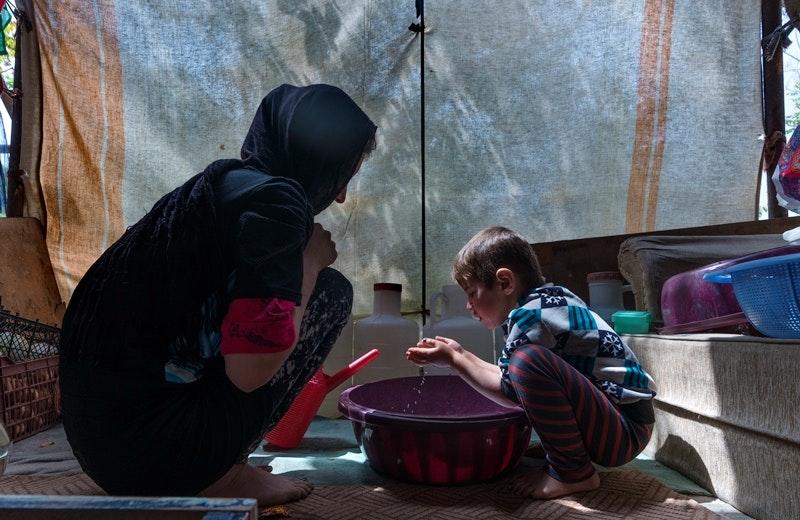
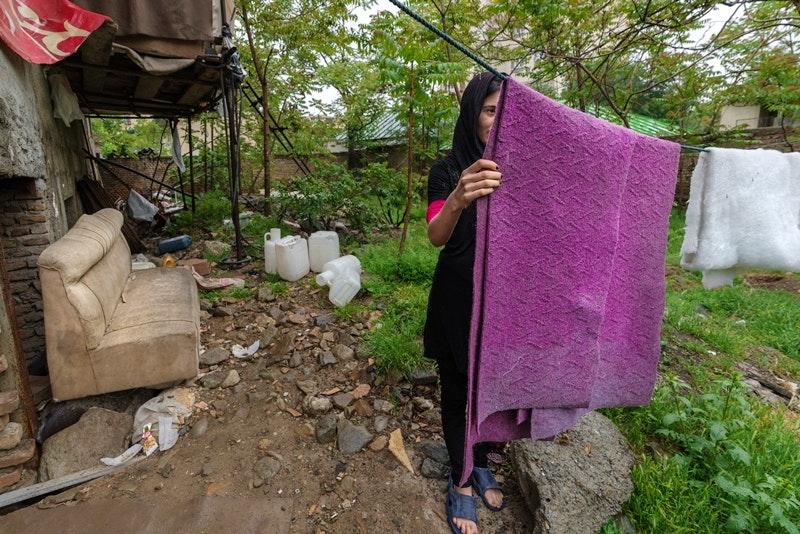
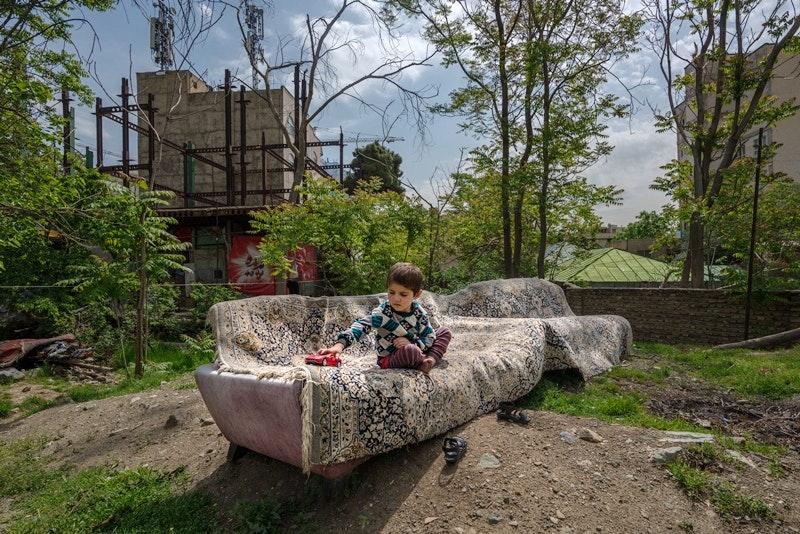
Many older Afghans, having survived war, poverty and injustice, have pinned their hopes on a better future for their children. This future often depends on their parents’ socioeconomic class, longevity in Iran and ability to navigate Iranian laws and bureaucracy.
About 1 million Afghans in Iran have residency permits that must be renewed annually for a small fee. The card gives them the right to stay in Iran, as well as free education for their children and subsidized health insurance. They can work in specific fields — but not the civil service — and have limited rights to own property.
Iran officially stopped distributing residency cards to new refugees in 2007. Approximately 2 million Afghans live in Iran without papers, at risk of deportation and exploitation. However, Since 2015, Iran has also given undocumented refugees the right to an education. This school year, 77,000 undocumented Afghan children registered for school, according to the United Nations refugee agency.
Finding loopholes and Iranian allies who’ll put a house or business in their name are the only ways to build a life in Iran, said one Afghan businessman in Mashad, who requested anonymity because he fears arrest or deportation for speaking to the press. He has lived in the city for 22 years, has Iranian residency and owns a business and a home — but they’re in the name of Iranian friends, to whom he gives a share of his profits.
“You have to play the system for your children to get an education. I’ve stood in lines, paid bribes, filled out dozens of documents and begged teachers and principals so that my kids could be enrolled in a government school,” said the father of four.
His two eldest daughters married Afghan men in Europe and the United States and he said he’s working hard for his 15-year-old son and 10-year-old daughter to become educated Afghans in Iran.
“No matter how much money we have, our lives are valued less here. Without citizenship rights, doors to opportunity are closed. That’s why so many Afghans are heading to Turkey.”
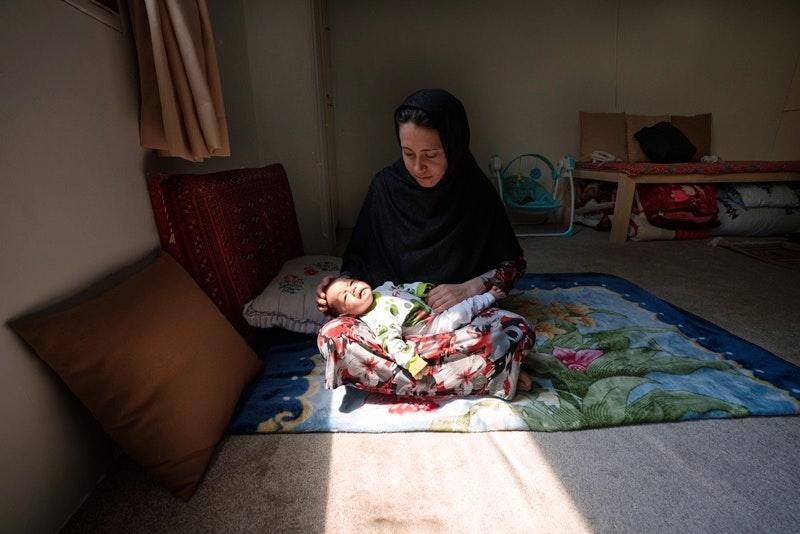
But the doors to Afghan refugees are closing across the globe. Despite rising violence in Afghanistan, fewer Afghans are being granted asylum in Europe. At least 242,500 Afghans have returned home from Iran this year and 12,200 left Pakistan, many under pressure from authorities. Nearly 30,000 Afghans crossed into Turkey from Iran earlier this year, but at least 7,000 were later deported to Afghanistan.
“Afghans are being told to go back to their country. Where are they going to go? The world believes the war is over in Afghanistan. It’s not. The world needs to understand we can’t send children to a country to be killed,” said Saeed Hasanzadeh, an Istanbul-based Iranian youth activist who used to work with an Iranian NGO that supports Afghan refugee children.
Iranian officials have said they should be lauded for their management of such a large refugee population for four decades despite their ailing economy. Even former supporters of the Iranian government have demonstrated against unemployment and corruption in the last year.
Aid workers say that Iran has invested much more in Afghan refugees, with much less international aid, than other host countries. Yet while Afghan children now have better schooling and health care, others have been deported or recruited to fight in Syria.
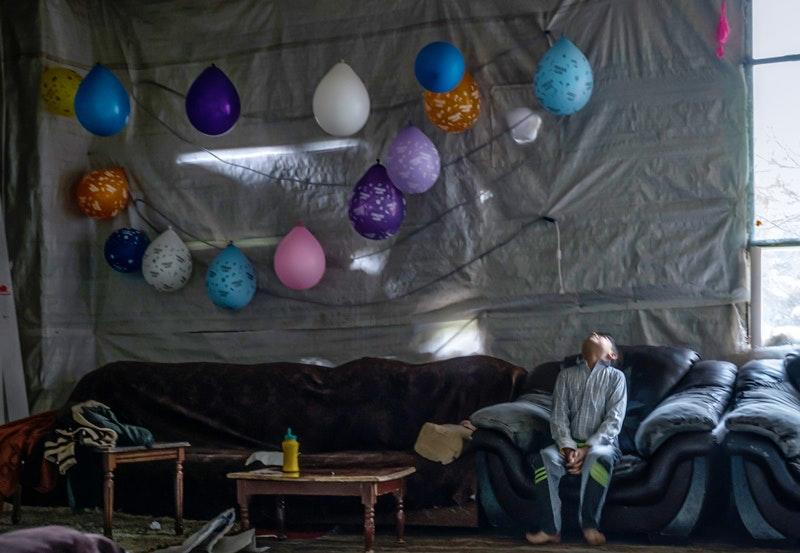
In the capital Tehran, Afghan children may go to school but some also work alongside their parents in construction, agriculture, garbage collection and carpet-weaving. Official statistics are unavailable but on the streets of Tehran, Afghan children are visibly working on almost every major thoroughfare.
“Parents need money to feed their kids, and that’s why they’ll send their kids to work instead of school. In some families, all four or five children have to work to make ends meet,” said Hasanzadeh, the Iranian activist. Afghan children working in the black market are often exposed to physical and sexual abuse, drug addiction and deportation, he said.
Iran’s Bureau for Aliens and Foreign Immigrants’ Affairs, the government agency that handles refugee issues, declined to comment over the phone on Iranian refugee policy. United Nations agencies and foreign aid organizations are hesitant to speak to the press, fearing repercussions from the Iranian government. Foreign aid agencies work under close government supervision.
Dawood Alizada, Neda’s distraught father, is trying to move on for the sake of his other children — four boys and two girls, all under the age of 10. The family of 10 fled Farah province in western Afghanistan four years ago because of clashes between insurgents and the government.
Alizada said his wife Razia is suffering from memory loss after the killing of her daughter. Neda’s younger sister demands that the family dig up her body and brings her home. Alizada, the family breadwinner, bursts into tears when he goes to work digging water wells.
Only two of their boys go to Iranian government-funded schools for refugees. The family is in debt and struggling. The Afghan consulate in Iran gave them $500 after the funeral, but they still don’t have enough money to relocate to another city. Alizada fears that if the killer is hanged, his family might retaliate against them.
“We want justice, but that could cost us our safety here. Our lives aren’t worth the same as an Iranian’s,” he said.
*The names of the photographer and photo subjects have been changed to protect the safety of the children and their families inside Iran. This article originally appeared on Refugees Deeply. You can find the original here. For important news about the global migration crisis, you can sign up to the Refugees email list.
Our coverage reaches millions each week, but only a small fraction of listeners contribute to sustain our program. We still need 224 more people to donate $100 or $10/monthly to unlock our $67,000 match. Will you help us get there today?
